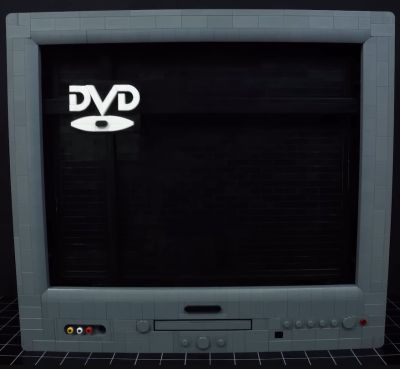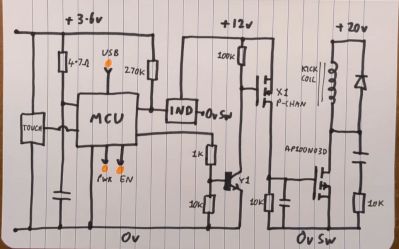
There’s something extremely calming and pleasing about watching a screensaver that merely bounces some kind of image around, with the DVD logo screensaver of a DVD player being a good example. The logical conclusion is thus that it would be great to replicate this screensaver in Lego, because it’d be fun and easy. That’s where [Grant Davis]’s life got flipped upside-down, as this turned out to be anything but an easy task in his chosen medium.
Things got off on a rocky start with figuring out how to make the logo bounce against the side of the ‘screen’, instead of having it merely approach before backing off. The right approach here seemed to be Lego treads as used on e.g. excavators, which give the motion that nice pause before ‘bouncing’ back in the other direction.
With that seemingly solved, most of the effort went into assembling a functional yet sturdy frame, all driven by a single Lego Technic electromotor. Along the way there were many cases of rapid self-disassembly, ultimately leading to a complete redesign using worm gears, thus requiring running the gears both ways with help from a gearbox.
Since the screensaver is supposed to run unattended, many end-stop and toggle mechanisms were tried and discarded before settling on the design that would be used for the full-sized build. Naturally, scaling up always goes smoothly, so everything got redesigned and beefed up once again, with more motors added and multiple gearbox design changes attempted after some unfortunate shredded gears.
Ultimately [Grant] got what he set out to do: the DVD logo bouncing around on a Lego ‘TV’ in a very realistic fashion, set to the noise of Lego Technic gears and motors whirring away in the background.
Thanks to [Carl Foxmarten] for the tip.
Continue reading “Building The DVD Logo Screensaver With LEGO”

















